When we are given a long division to do it will not always work out to a whole number. Sometimes there will be numbers left over. We can use the long division process to work out the answer to a number of decimal places.
The secret to working out a long division to decimal places is the ability to add zeros after the decimal point.
Example: 150 is the same as 150.00
We can add as many zeros as we wish after the decimal point without altering the numbers value.
We will use the example below. It works out neatly to one decimal place
435 ÷ 25
If you feel happy with the process on the long division page you can skip the first bit.
![*[ NOTA PENGAJARAN DAN PEMBELAJARAN ]*](https://blogger.googleusercontent.com/img/b/R29vZ2xl/AVvXsEiHxUHhLq34pRMpVRGwiF51pyvC7JJxHM4KP8Hd0-eys5qk5rcxSVddaZcsfy-aId0JdmPc3jv-cSpOIGYFhd63ImnzLHjMQMvzgMoZLw3ywNb7DyDlh0bX_KW-HsyU3dfbAtiQ4zygdxQ/s970/MATH+TEACHER+ONLINE+WITH+FRAME.jpg)


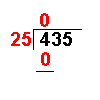
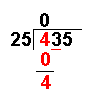
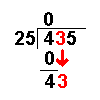
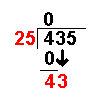
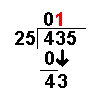
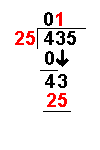
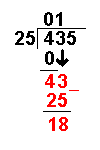
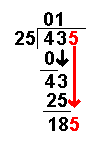
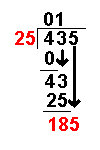
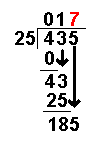
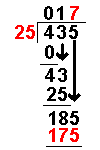
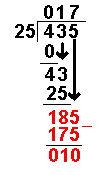
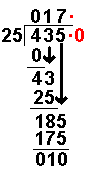
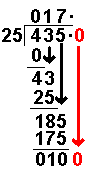
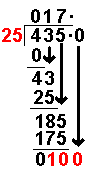
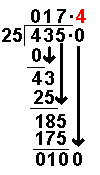
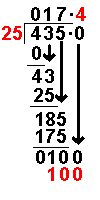
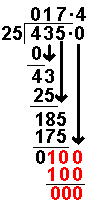
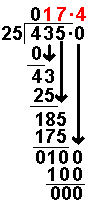
No comments:
Post a Comment